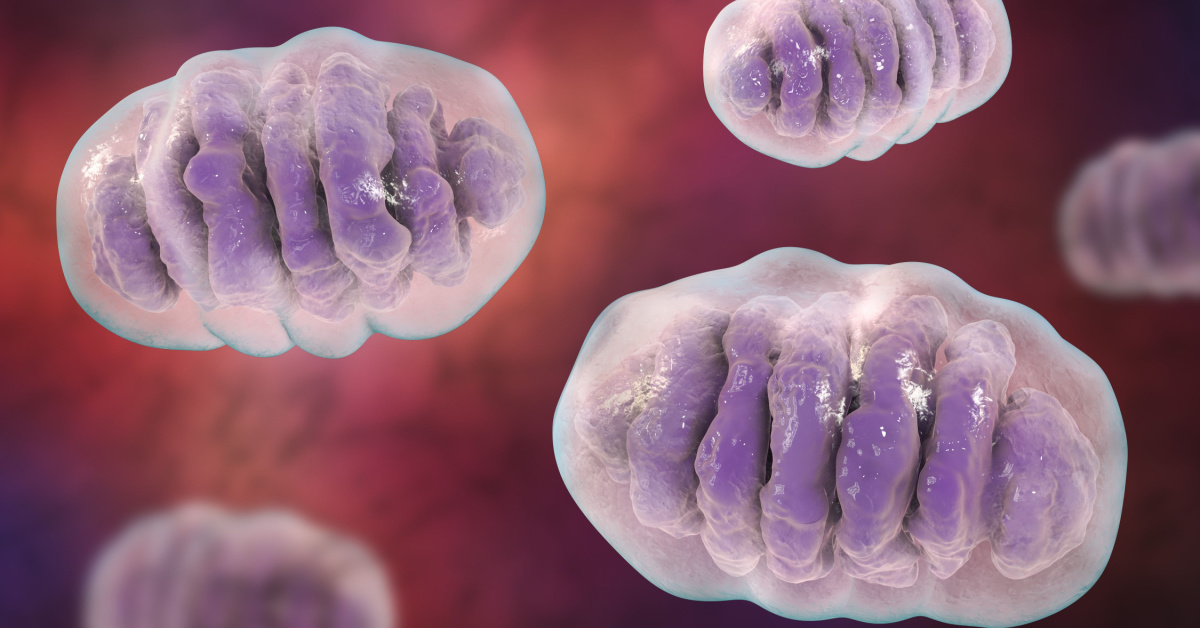
Mitochondrial Myopathy Lactic Acidosis (MMLA) is a rare genetic disorder that affects the body's ability to produce energy. Mitochondria, often called the powerhouses of cells, play a crucial role in energy production. When these mitochondria malfunction, it leads to a buildup of lactic acid in the body, causing muscle weakness, fatigue, and other symptoms. Understanding MMLA can be challenging due to its rarity and complex nature. This article aims to shed light on 25 essential facts about this condition, helping you grasp its impact, symptoms, and potential treatments. Whether you're a student, a curious mind, or someone affected by MMLA, these facts will provide valuable insights.
Key Takeaways:
- Mitochondrial Myopathy Lactic Acidosis (MMLA) is a rare genetic disorder affecting energy production in cells, leading to muscle weakness and other health issues. Genetic testing and early symptom recognition are crucial for diagnosis and management.
- While there is no cure for MMLA, treatments like supplements, physical therapy, and dietary modifications can help manage symptoms and improve quality of life. Ongoing research offers hope for potential new treatments in the future.
Understanding Mitochondrial Myopathy Lactic Acidosis
Mitochondrial Myopathy Lactic Acidosis (MMLA) is a rare genetic disorder affecting the mitochondria, the powerhouse of cells. This condition can lead to muscle weakness, fatigue, and other serious health issues. Here are some intriguing facts about MMLA.
-
Mitochondria are crucial for energy production in cells. They convert nutrients into energy, which is vital for cell function.
-
MMLA is caused by mutations in mitochondrial DNA. These mutations impair the mitochondria's ability to produce energy efficiently.
-
Symptoms often appear in childhood. Muscle weakness, exercise intolerance, and developmental delays are common early signs.
-
Lactic acidosis occurs when lactic acid builds up in the body. This can happen because the mitochondria are not working properly, leading to an energy deficit.
-
MMLA can affect multiple organ systems. Besides muscles, it can impact the heart, brain, and liver.
Genetic Aspects of MMLA
The genetic basis of MMLA is complex, involving mutations in both mitochondrial and nuclear DNA. Understanding these genetic factors is key to diagnosing and managing the condition.
-
Mitochondrial DNA is inherited maternally. This means the condition is passed down from mothers to their children.
-
Mutations in nuclear DNA can also cause MMLA. These mutations affect proteins that help mitochondria function.
-
Genetic testing can identify mutations causing MMLA. This helps in confirming the diagnosis and understanding the inheritance pattern.
-
Some mutations are more common in certain populations. For example, specific mutations are prevalent in certain ethnic groups.
-
Carrier testing is available for families with a history of MMLA. This can help prospective parents understand their risk of having affected children.
Symptoms and Diagnosis
Recognizing the symptoms of MMLA early can lead to better management of the condition. Diagnosis often involves a combination of clinical evaluation, genetic testing, and other diagnostic tools.
-
Muscle weakness is a hallmark symptom. It can affect daily activities and overall quality of life.
-
Exercise intolerance is common. People with MMLA may tire easily and struggle with physical activities.
-
Developmental delays can occur in children. These may include delayed motor skills and speech.
-
Neurological symptoms can include seizures and strokes. These are due to the brain's high energy demands.
-
Cardiac issues like cardiomyopathy can develop. The heart muscle may weaken, leading to heart failure.
Treatment and Management
While there is no cure for MMLA, various treatments can help manage symptoms and improve quality of life. These treatments focus on supporting mitochondrial function and addressing specific symptoms.
-
Coenzyme Q10 supplements can help. They support mitochondrial energy production.
-
L-carnitine is another supplement used. It helps transport fatty acids into mitochondria for energy production.
-
Physical therapy can improve muscle strength. Tailored exercise programs can help maintain mobility.
-
Dietary modifications may be beneficial. High-fat, low-carbohydrate diets can provide alternative energy sources.
-
Regular monitoring of organ function is crucial. This includes cardiac, neurological, and liver function tests.
Research and Future Directions
Ongoing research aims to better understand MMLA and develop new treatments. Advances in genetics and molecular biology hold promise for the future.
-
Gene therapy is being explored as a potential treatment. It involves correcting the genetic mutations causing MMLA.
-
Stem cell research offers hope. Scientists are investigating how stem cells can repair damaged mitochondria.
-
New drugs are being developed. These aim to enhance mitochondrial function and reduce lactic acid buildup.
-
Clinical trials are ongoing. Participation in trials can provide access to cutting-edge treatments.
-
Patient registries help track the condition. They collect data on symptoms, treatments, and outcomes to improve understanding and care.
Final Thoughts on Mitochondrial Myopathy Lactic Acidosis
Mitochondrial Myopathy Lactic Acidosis is a complex condition that affects many aspects of health. Understanding the symptoms, causes, and treatment options can help those affected manage their condition better. Early diagnosis is crucial for effective management. Genetic testing and biochemical tests play a significant role in identifying the disorder. While there's no cure, lifestyle changes, medications, and therapies can improve quality of life. Staying informed and working closely with healthcare providers ensures the best possible outcomes. By spreading awareness and supporting research, we can hope for better treatments in the future. Remember, knowledge is power when dealing with any medical condition. Keep learning, stay proactive, and support those around you who might be affected by this challenging disorder.
Frequently Asked Questions
Was this page helpful?
Our commitment to delivering trustworthy and engaging content is at the heart of what we do. Each fact on our site is contributed by real users like you, bringing a wealth of diverse insights and information. To ensure the highest standards of accuracy and reliability, our dedicated editors meticulously review each submission. This process guarantees that the facts we share are not only fascinating but also credible. Trust in our commitment to quality and authenticity as you explore and learn with us.
